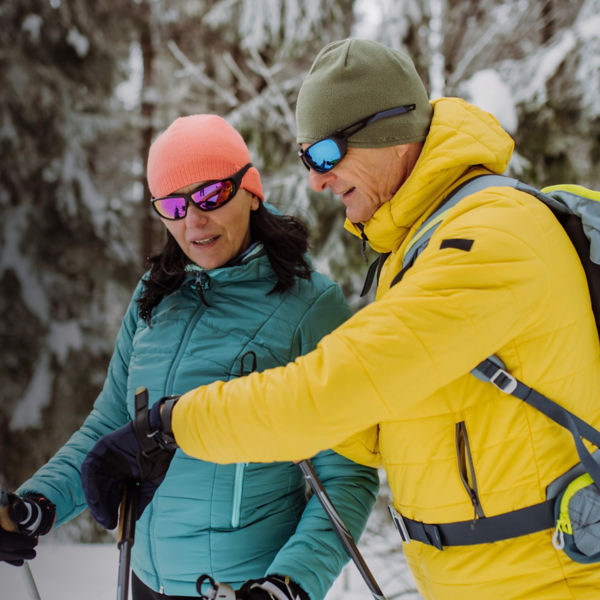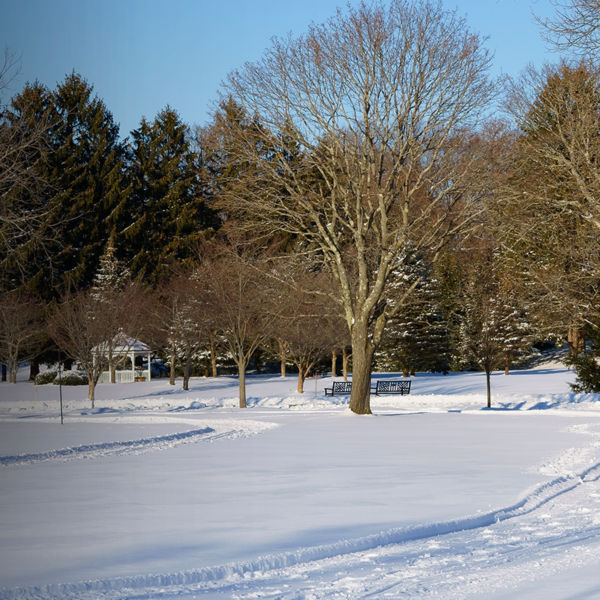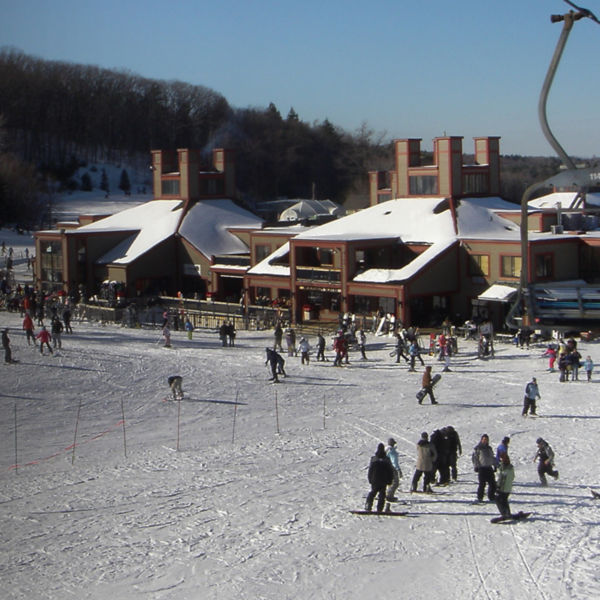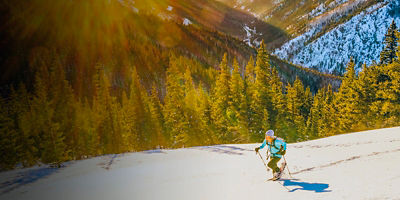
Sure, technically you can bring any pair of skis into the backcountry, so long as you’re willing to haul them uphill. But the critical piece of gear that differentiates downhill (aka alpine) skiing from alpine touring—and that you can’t do without—is the binding. While a downhill binding locks both the boot toe and heel in place for shredding turns and then riding a chairlift back uphill, alpine touring (AT) bindings have a mode that allows your heel to pivot upward so that you can walk uphill—usually with the aid of attached climbing skins. (If you’ve ever tried doing the penguin shuffle up to a chairlift, you know why this is important.) For the ride down, AT bindings lock your heels back down and secure your boots with an equivalent amount of rigidity and control over your skis as downhill bindings. And while most alpine bindings look similar, manufacturers have found more than a couple different ways to engineer AT bindings, so choosing the right one requires a quick primer.
First, Ask Yourself These Questions
There’s a reason we’re all itching for that full quiver of skis: No one ski (or binding) does it all perfectly. One rule of thumb is that the lighter a binding, the worse it will perform with added pressure, landing jumps or while strained on icy, hard-packed turns. So start by determining how you’ll most often use a ski with an AT binding.
What’s the inbounds/out-of-bounds breakdown?
If you’re shopping for an AT binding, you’ll obviously be doing some touring in these skis. But will they exclusively be for the backcountry? Will they be a 50/50 quiver of one? Or, are you looking for a primarily inbounds binding that you can take into the backcountry on occasion? All of these options will put you in a different place on the weight vs. skiability spectrum.
What kind of skier are you?
If you’re a more relaxed, flowy skier, you’re probably not going to be flying out of your bindings constantly and can afford to pick something a little lighter. But if you ride hard and fast, are looking for big air, or beat up your equipment, you might need to be prepared for a heavier binding.
What kind of snow do you ski?
If you exclusively ski Utah champagne, you might be OK with a lighter pin binding. Skiing East Coast ice? Look for something tougher and more durable like a hybrid.
What kind of boots do you have?
If you already have your boots picked out, pay attention to which bindings they’re compatible with; all boot and binding models should list the binding “standards” that they work with. Your downhill-specific boot might fit in a frame binding, but it likely won’t work with any pin-style binding.
What DIN setting do you need?
Check your current bindings, or consult with a shop (accounting for boot and skier size, and ability) to determine your DIN setting number, which is a gauge of the force required for your boot to release from the binding. A higher DIN setting requires more force to eject from your bindings in a crash. Heavier or more aggressive skiers on more challenging terrain will want a higher number, but all bindings have an upper limit. Make sure the binding you buy can accept your DIN.
Frame Bindings
Take a look at your downhill bindings: They’re probably just a toe piece and a heel piece screwed right into your ski. Frame bindings use that same design with a metal frame or rail that runs from the toe to the heel piece. With your ski boot clicked in place, the frame unlocks at the heel and pivots at the toe for touring, then locks back down for the descent.
Pros:
- Better ski feel: These bindings feel the most like a traditional alpine binding on the downhill.
- Compatible with the most boots.
- Highest possible DIN ratings.
Cons:
- These are the heaviest of all AT bindings.
- Not the most comfortable to tour in, thanks to the pivot typically being in front of the toe.
- Tall stack height: These bindings set you higher off your ski than you might be used to. The rigid frame underfoot can also impact the ski’s flex pattern.
Who They’re Best For
Frame bindings are ideal for skiers who spend most of their time skiing hard at the resort, but like the idea of dabbling in the backcountry and want one setup to do it all. Inbounds, they’ll ski and feel a lot like your standard alpine binding (and will feel the same on the downhill in the backcountry). When you want to do some touring, they’ll easily switch to that mode, but will feel a lot heavier on the uphill.





















